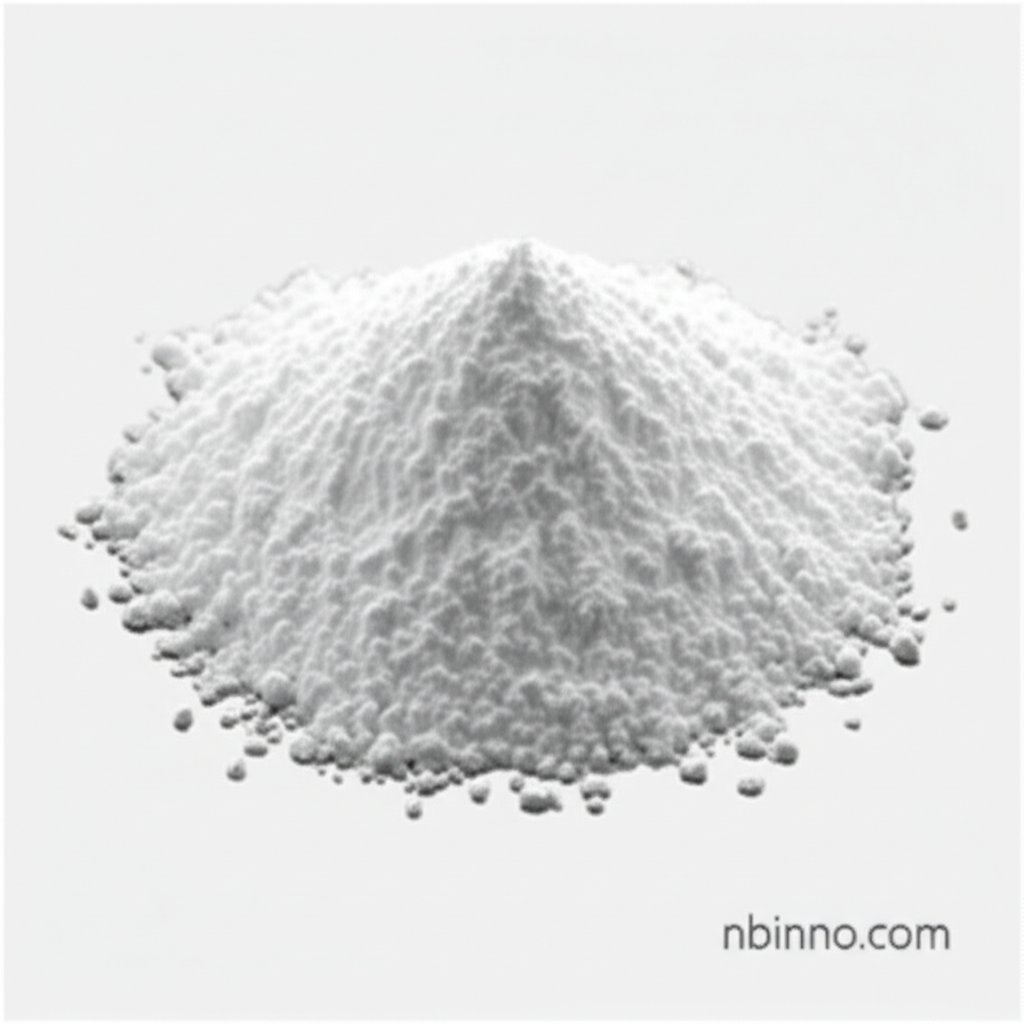Succinimide (CAS 123-56-8): Key Pharmaceutical Intermediate for Advanced Applications
Explore the critical role of succinimide in drug synthesis and the latest insights into its modification in therapeutic proteins.
Get a Quote & SampleProduct Core Value

Succinimide
Succinimide, identified by CAS number 123-56-8, is a vital cyclic imide extensively utilized as a key intermediate in the synthesis of a wide array of pharmaceuticals and agrochemicals. Its inherent stability and low toxicity profile make it an indispensable building block in complex organic synthesis, particularly in drug development. Researchers leverage succinimide for its unique structural properties, enabling the creation of derivatives that can significantly enhance the performance and efficacy of final products.
- Research into succinimide pharmaceutical intermediate reveals its critical role in creating advanced drug molecules.
- Understanding succinimide deamidation analysis is essential for quality control in biopharmaceutical manufacturing.
- The study of golimumab succinimide modification provides key insights into protein stability and drug efficacy.
- Antibody deamidation stability is a crucial factor evaluated using methods like peptide mapping.
Key Advantages of Succinimide
Versatile Synthesis Building Block
Succinimide serves as a foundational component in the synthesis of various pharmaceutical agents, offering a reliable starting point for complex chemical structures. Its application in succinimide in drug synthesis is well-documented, facilitating efficient production pathways.
Critical for Biopharmaceutical Characterization
Through advanced techniques like peptide-based MAM succinimide analysis, researchers can accurately characterize modifications in therapeutic proteins, such as succinimide, which is vital for ensuring product quality and safety.
Impact on Protein Stability Assessed
Studies on golimumab succinimide modification have shown that while succinimide can form, its presence in certain sites does not compromise the overall stability of the antibody, a critical factor in the development of long-lasting therapeutics.
Key Applications
Pharmaceutical Development
Succinimide is a critical intermediate in the synthesis of various pharmaceuticals, including anticonvulsants and anti-inflammatory agents, contributing to enhanced drug efficacy, as highlighted by succinimide pharmaceutical intermediate research.
Biopharmaceutical Quality Control
The detailed analysis of succinimide mass spectrometry analysis is crucial for identifying and quantifying modifications in therapeutic proteins, ensuring they meet stringent quality standards.
Material Science & Polymers
Its chemical structure allows succinimide to be used as a monomer in certain polymers, improving thermal stability and mechanical properties for high-performance applications.
Chemical Research and Synthesis
As a versatile reagent, succinimide is employed in numerous organic reactions, aiding in the formation of amide linkages and other functional groups, making it a staple in chemical research laboratories.
